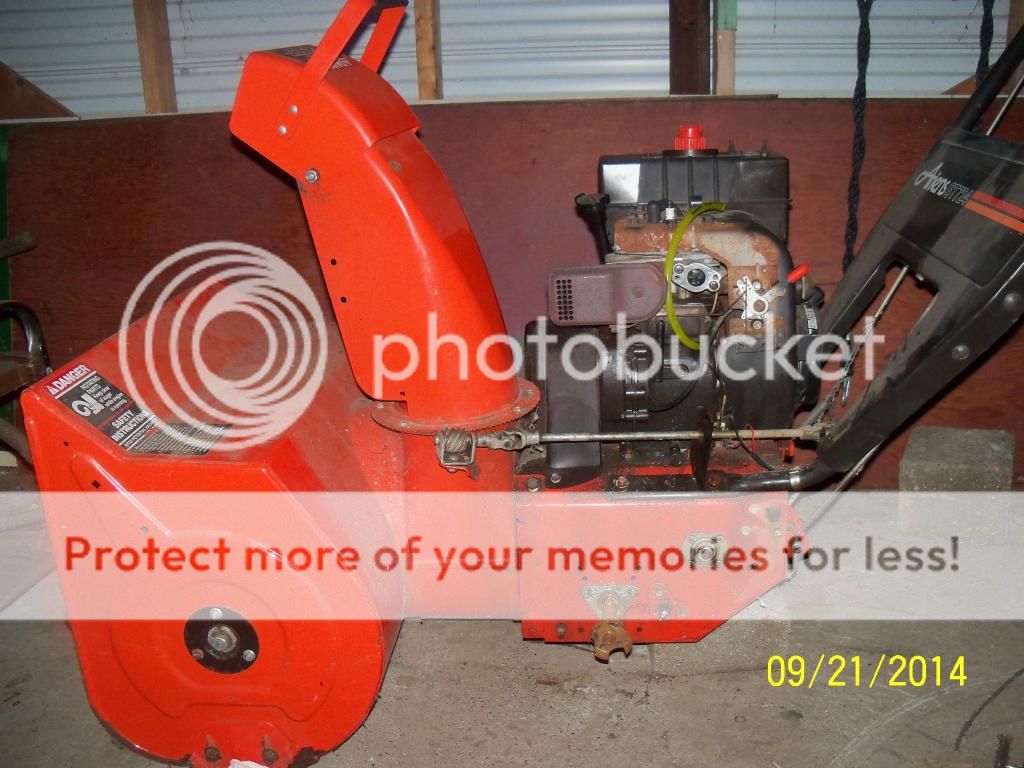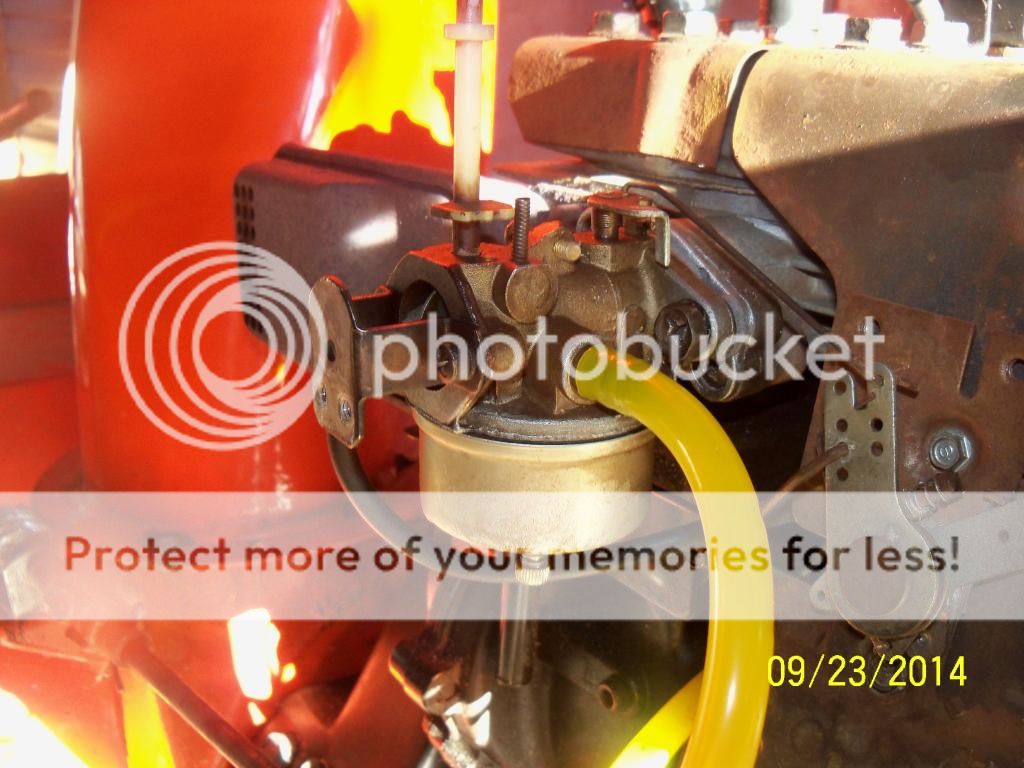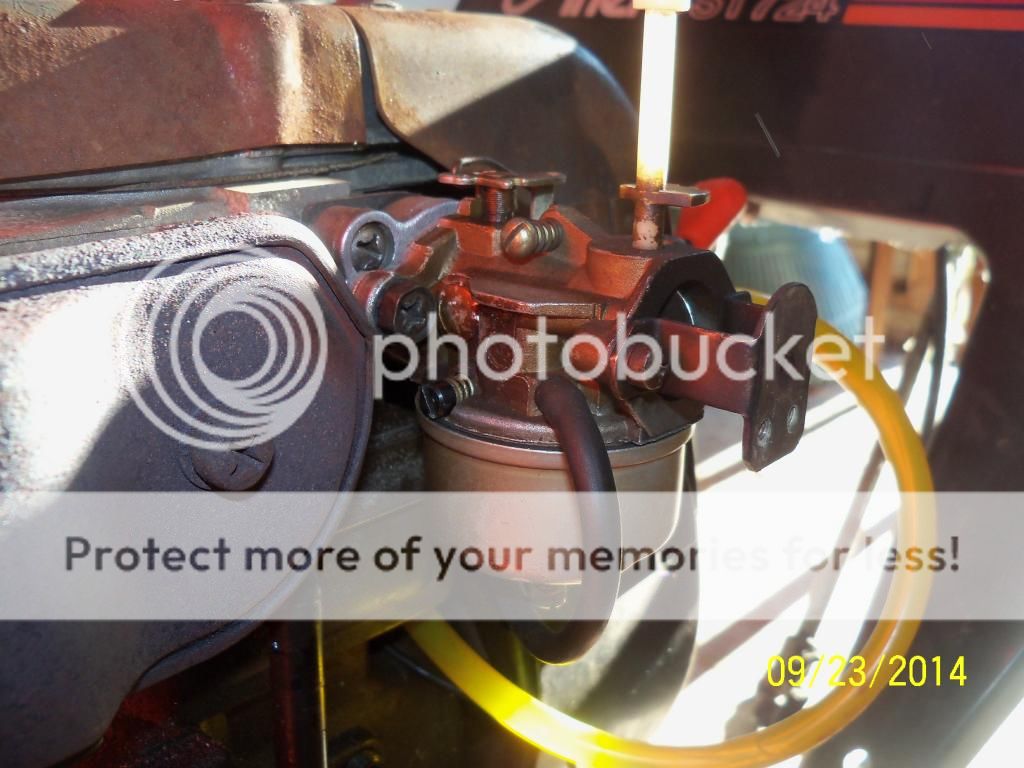First time doing any work an any kind of carb and it's turning into a nightmare. Anyone got some advice, tips or suggestions?
It's on a 7hp Tecumseh engine believe it's this (Tecumseh H70-130210K)
Make a long story short I got new needle, seat, and nut/jet? but I keep getting gas overflowing the carb throat still.
Don't have gas inside the float. Placed the float in gas looking for air bubbles and nothing. If I turn the carb upside down and blow into the gas inlet opening, I can't pass any air through so seems the needle and seat is sealing good.
I'm not sure what else to consider or to try next. Wondering if the float can just "lose" it's buoyancy even though it's not getting gas inside? It does seem to sit lower in a bowl of gas on one side (hinge side) than it does the other. That may just be the weight? Doesn't seem that the float is sticking or binding in it's movement when I have it open, unless it's hitting the side of the bowl once it's all installed.
Any other possibility's I'm missing that need to be considered?
Float sticking/hitting bowl.
Float not floating high enough to seat the needle
Needle not seating completely
It's on a 7hp Tecumseh engine believe it's this (Tecumseh H70-130210K)
Make a long story short I got new needle, seat, and nut/jet? but I keep getting gas overflowing the carb throat still.
Don't have gas inside the float. Placed the float in gas looking for air bubbles and nothing. If I turn the carb upside down and blow into the gas inlet opening, I can't pass any air through so seems the needle and seat is sealing good.
I'm not sure what else to consider or to try next. Wondering if the float can just "lose" it's buoyancy even though it's not getting gas inside? It does seem to sit lower in a bowl of gas on one side (hinge side) than it does the other. That may just be the weight? Doesn't seem that the float is sticking or binding in it's movement when I have it open, unless it's hitting the side of the bowl once it's all installed.
Any other possibility's I'm missing that need to be considered?
Float sticking/hitting bowl.
Float not floating high enough to seat the needle
Needle not seating completely
Last edited:




